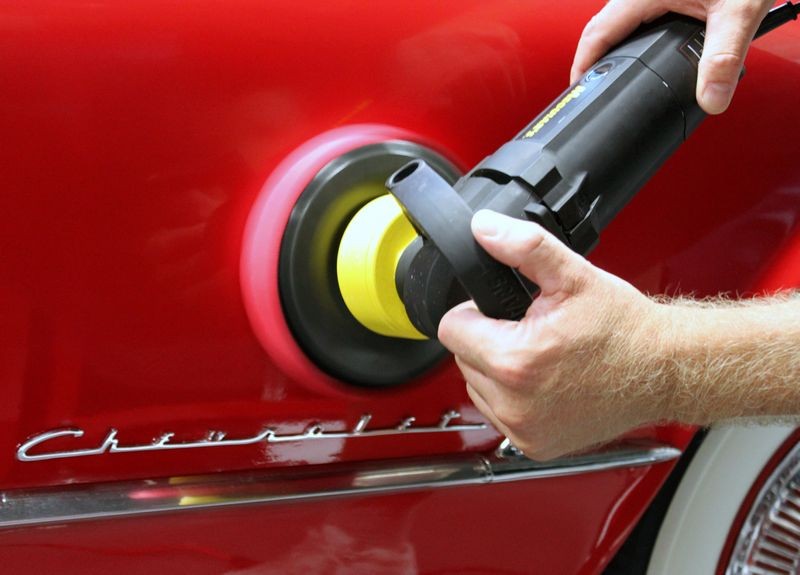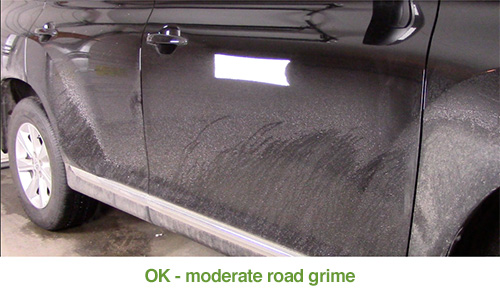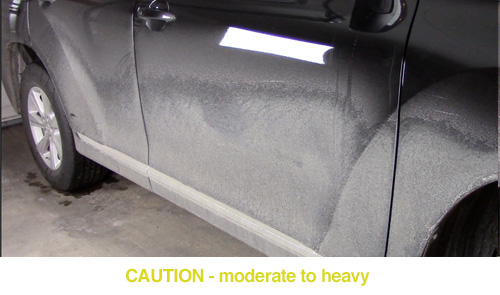Selling a used car is a process that starts with getting your vehicle ready both aesthetically and mechanically. Used car buyers want to know they are getting the most for their money, so it’s important to take necessary steps to prepare your car to sell by inspecting it inside and out.
Know Your Car’s History
When preparing your car to sell, you should anticipate a buyer’s questions. Even if you’re the original owner of the car, it’s wise to have your car’s vehicle history report on hand to share with your potential buyer. This will answer questions like:
- Has the car ever been in an accident?
- Does it have a salvage title?
- Has it ever had flood or fire damage?
In addition to the details found in a vehicle history report, being able to present good records of your car’s repair and maintenance history could also work in your favor. You should consider having receipts, invoices, and recordsof car maintenance to show a potential car buyer if they ask.
Check out our complete article on how to get a vehicle history report for your car for more information on this document.
Get a Vehicle Inspection
Buying a used car from a stranger can be nerve wracking. While it cuts out costs and fees dealerships build in to selling cars, potential buyers want to drive away with a vehicle that’s trustworthy. Things that could blow the deal for you include:
- Worn tires.
- Squeaky breaks.
- Check engine lights.
- Cloudy headlights.
- Burned out light bulbs.
To get top dollar for your car when preparing it to sell, take it to a mechanic you trust and get it checked out. You might want to consider repairing or replacing any minor problems that could increase the value of your car. Receipts for these repairs can help you stay firm on your price as well. If you plan to sell your car “as is,” then at the very least you need to be able to answer a buyer’s questions if they notice noises, dents, or other damage.
Make It Shine
Used cars sold at car dealerships often have a great advantage over those sold through a private party—the detailing. A clean, shiny car is a great way to start your potential sale off on the right foot.
If you’re a DIY type of car owner, then prepare to spend a few hours getting down deep into your car’s nooks and crannies. Any dirt and grime, from the headliner to the hubcaps, could reduce your sale price. Consider taking the following extra steps to getting your car squeaky clean:
- Get all dirt and debris out of cup holders.
- Don’t just vacuum floor mats; consider shampooing or replacing them.
- Clean fingerprints off door handles, mirrors, etc.
- Make sure your windows and mirrors are streak-free.
- Give your interior and exterior a good wax job to make them sparkle.
- Use a proper wheel cleaner and brush to make tires shine.
Get Ownership Documents in Order
To complete a private party sale, you’ll need a variety of documents, depending on your state DMV’s requirements. These could include but are not limited to:
Make sure you’re prepared to sell immediately by having all of these documents ready for any potential buyers that come to check out your car.
Once you sell your vehicle, you may need to submit additional forms—which, depending on your state, could include a Notice of Transfer and Release of Liability. This informs the department of motor vehicles that you are no longer responsible for the car and releases you from future liability.
Take the Perfect Picture
Once your car is prepped and ready for sale, it’s time to get those great pictures to help tell the whole story. Don’t just snap exterior shots, either. Open the doors, take shots of the dash, and open the trunk or hatch so potential buyers can see inside. You might even want to consider taking a quick video tour of your car to give your ad a little something extra.
If you’ve followed these tips and given your car the TLC it deserves, it will be on its way in no time to a new owner that will give it a second life of adventures on the road.
Source: DMV
 he answer is: Probably. Waxing has always made cars extra shiny. That’s still the case today, but both modern paint jobs and wax formulations have improved a lot in recent years. Paint used to be just thatpaint. A new car got a layer of primer and a few coats of colored lacquer, and that was it. Wax not only gave the paint a good gloss, it was also the only line of defense against scratches.
he answer is: Probably. Waxing has always made cars extra shiny. That’s still the case today, but both modern paint jobs and wax formulations have improved a lot in recent years. Paint used to be just thatpaint. A new car got a layer of primer and a few coats of colored lacquer, and that was it. Wax not only gave the paint a good gloss, it was also the only line of defense against scratches.

